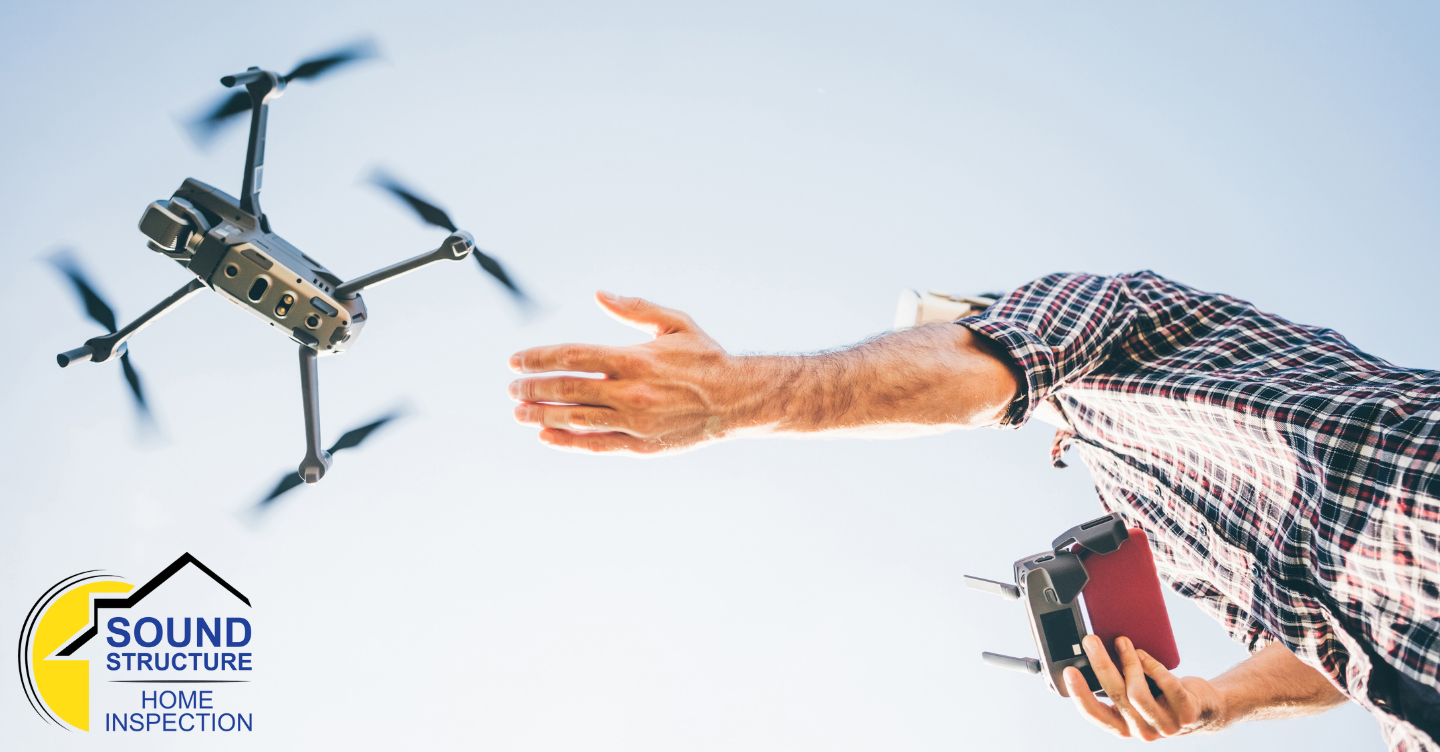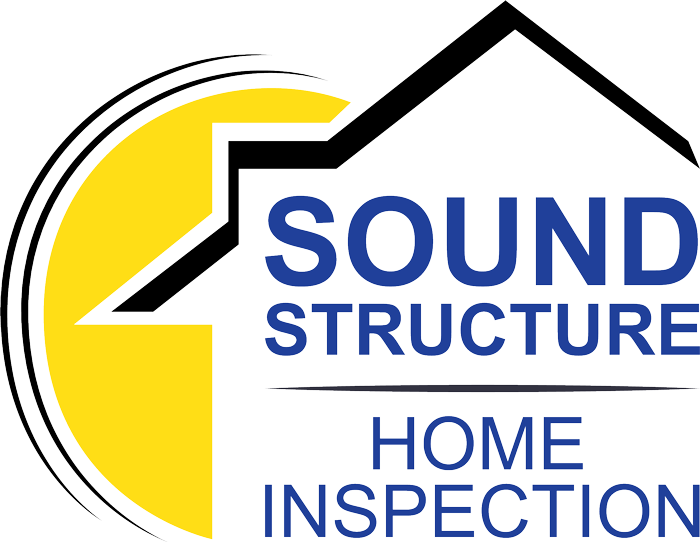
As technology advances, more and more businesses are finding newer ways to incorporate it into their day-to-day operations. This is especially true when it comes to drones. These devices allow companies to gain new perspectives and views on anything from buildings to events. One industry that has increased its usage of this technology is home inspections. By incorporating drones, an inspector can get an overview of a home’s structure while doing so safely. Here is what to know about drones and their use during a home inspection.
Advantage Of Drone Home Inspection
Using drones for home inspections has many benefits, especially when it comes to searching areas like roofs and chimneys. One of the biggest advantages is increased safety. Most home inspectors are not required to walk on top of a roof during an inspection. In addition, for those that do decide to climb up, various factors can make it dangerous to do so. By using a drone, these risks are reduced and inspectors have the ability to get a detailed look at a roof while on the ground. It is more accurate compared to standard inspections. Drones can be beneficial for homeowners as well. Some roofs cannot handle the pressure of people walking on them. A drone gets the information needed without damage due to excess pressure.
Drawbacks
While drones are a major help to inspectors, they aren’t without their drawbacks. For starters, weather conditions make it difficult to launch, especially during rain, snow, or high winds. Certain locations are unable to have drone flights as well. The Federal Aviation Administration does not allow drones to fly within 5 miles of an airport, which can cause complications in some areas. They also prohibit night flights without a waiver, a factor that’s important to certain areas during the shorter winter days. Finally, there may be some elements that a drone can’t catch, like compromised areas.
How Much of an Investment?
For inspectors, there are multiple steps involved in getting a drone. First, the FAA requires obtaining a remote pilot certificate for commercial drone users. They also need to recertify on a biannual basis, register their drone and follow additional rules. Getting a pilot certificate involves passing a test on regulations and operations. There is also training to go through, which inspectors can try the first class of to see if they want to make the investment of a drone. Once training is complete, inspectors usually take time to practice flying in an open environment. This ensures they are familiar with how it works before using it on a job.
Next is selecting the equipment itself. There are many drones on the market that are available for under $1000. However, experts caution against the lower-priced models. While a more expensive drone is a significant investment, they provide additional safety and features. A more reliable drone will also reduce the possibility of errors and omissions claims. When choosing a drone, look for good camera quality, solid flight time, and high-level quality service from the manufacturer. You may also want to consider investing in equipment coverage that insures the drone and additional accessories.
Schedule a Drone Home Inspection With Us
A drone is rapidly becoming a major component in home inspections. While they can be a major investment, they provide a great way to examine the highest points of your home. Contact us today to have us complete your home inspection.
